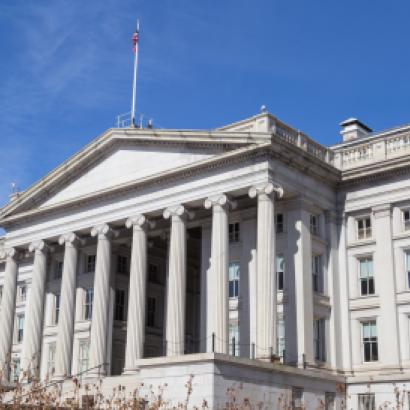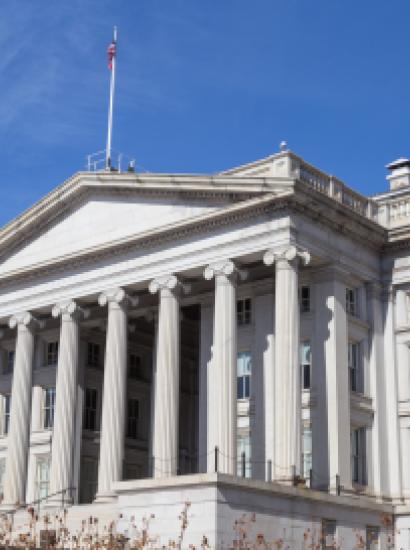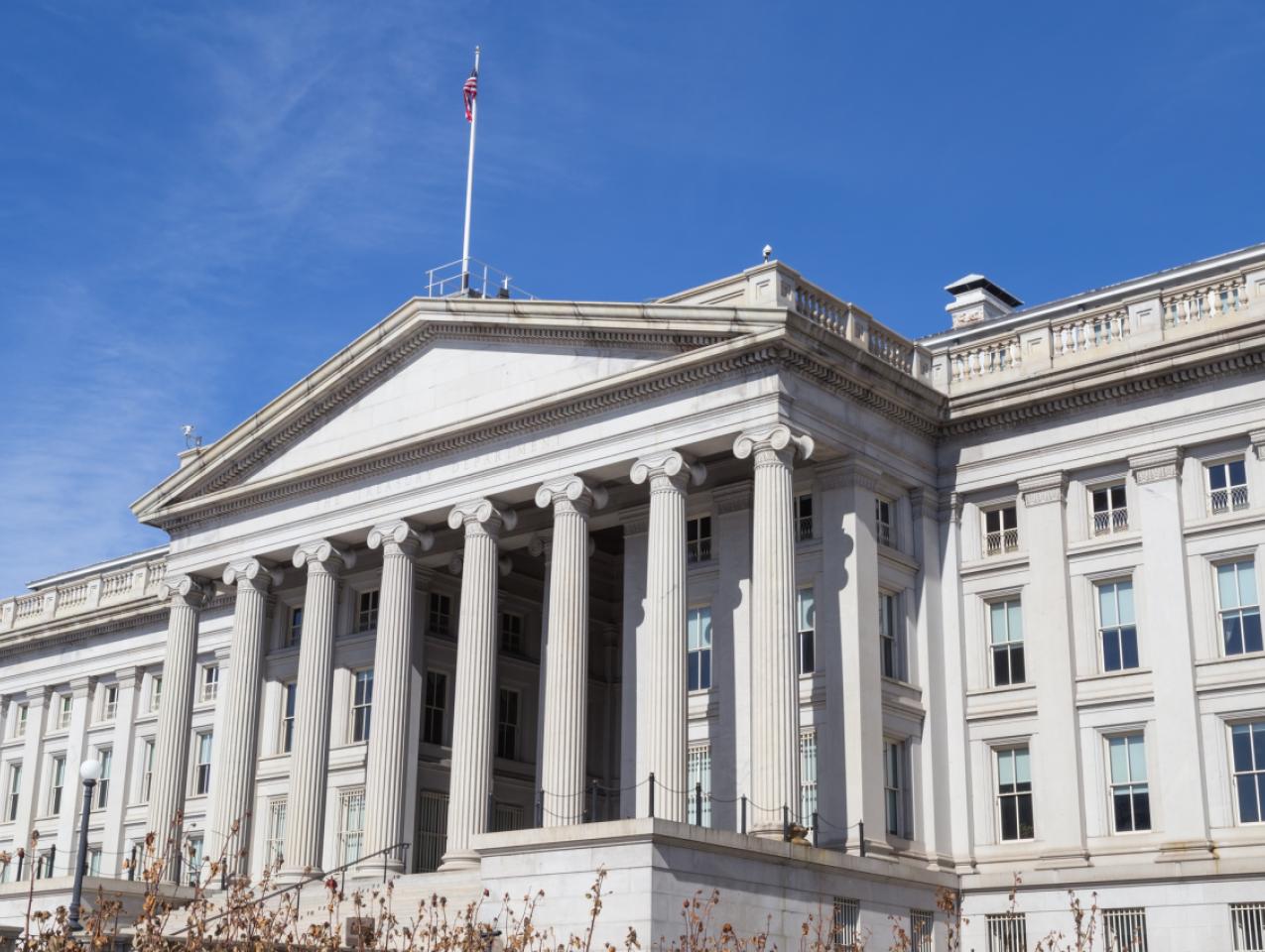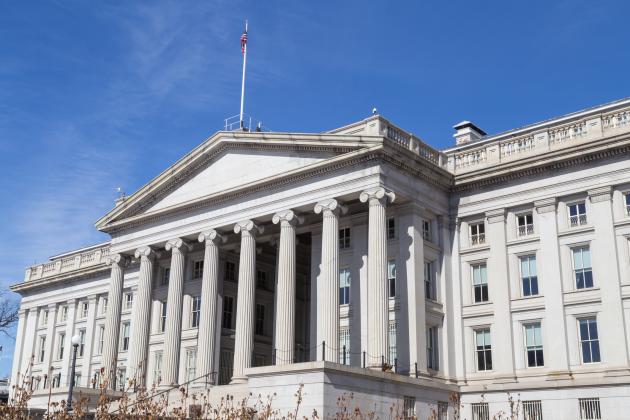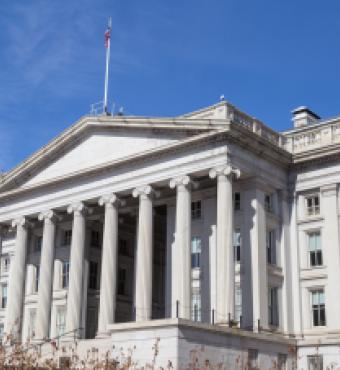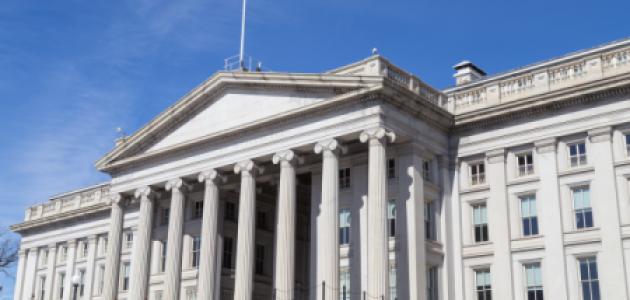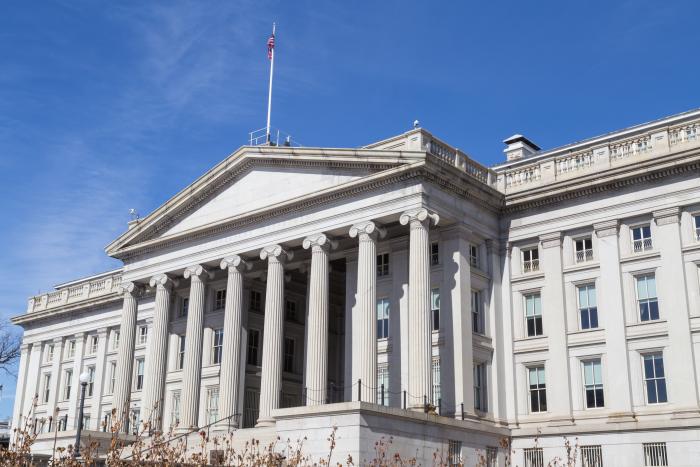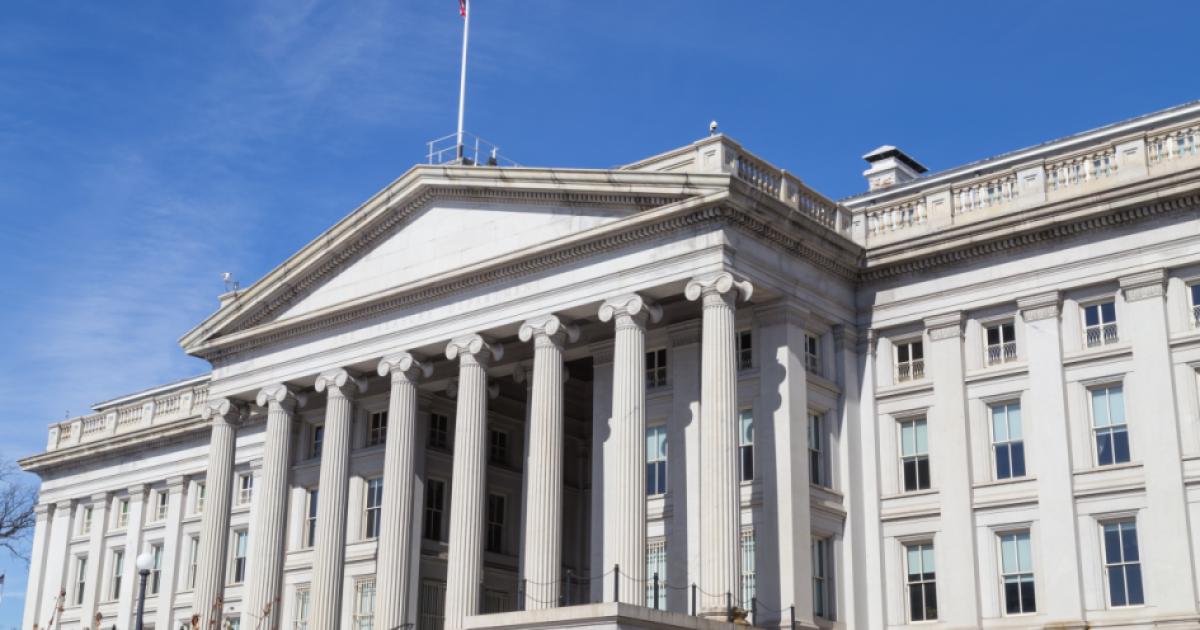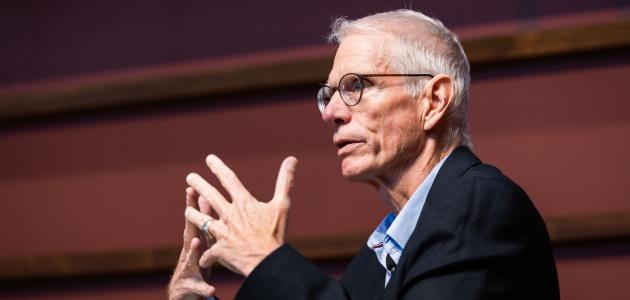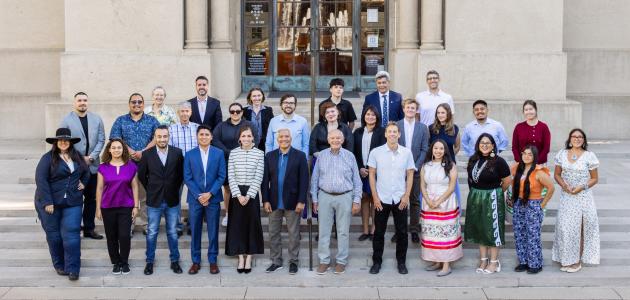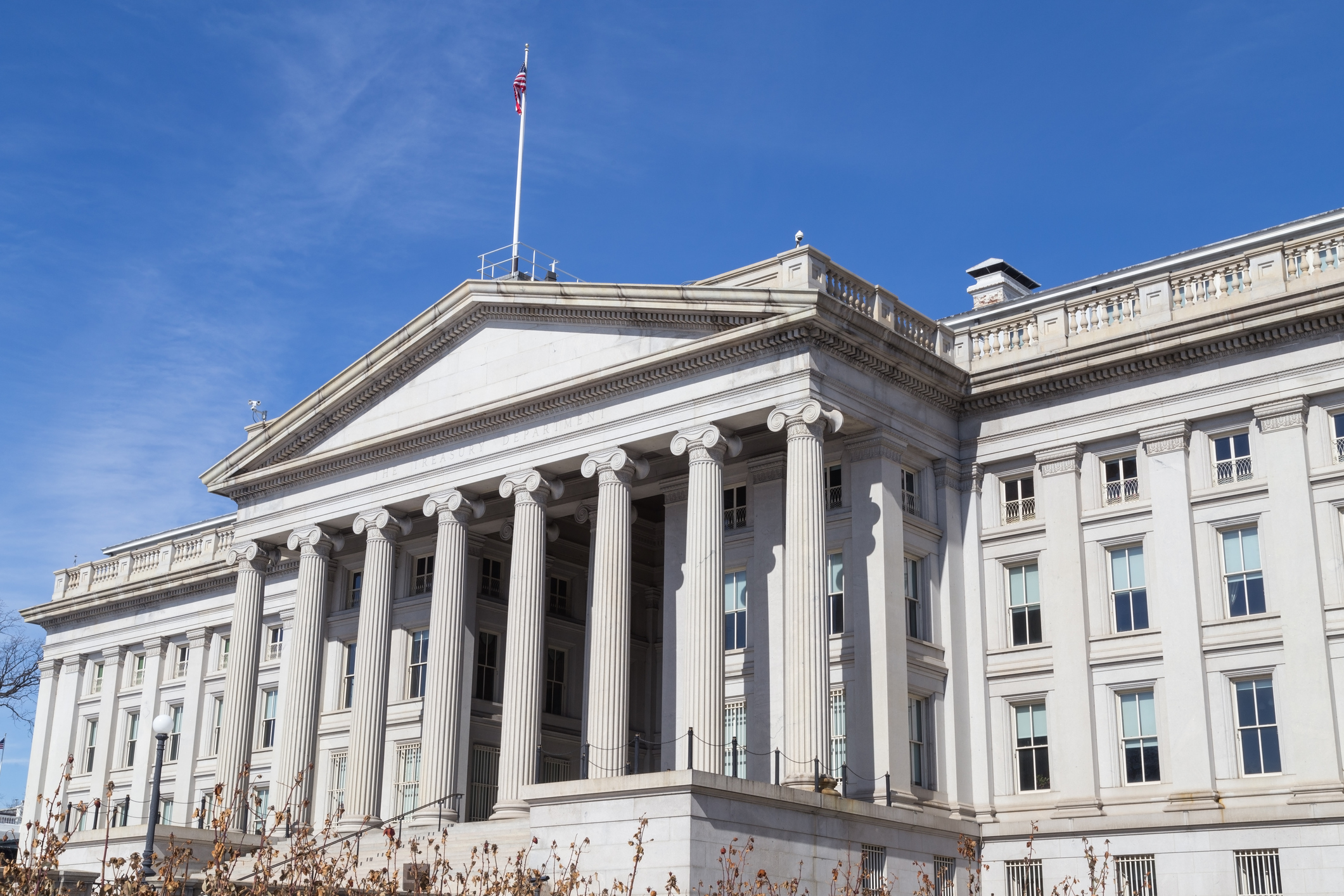
The US Treasury issued a report on February 21 that calls for bankruptcy reform along the lines of a key Hoover study on the issue.
The report, Orderly Liquidation Authority and Bankruptcy Reform (OLA), urges a “more robust, effective bankruptcy process for financial companies” that mirrors the “Chapter 14” proposal of the Hoover Institution Resolution Project— originally chaired by Hoover senior fellow and economist Kenneth E. Scott, who passed away in 2016, and includes senior fellow and economist John B. Taylor and distinguished fellow and economist George P. Shultz, among others.
The Resolution Project was established in 2009 as part of the Hoover Institution’s Working Group on Economic Policy. Its purpose is to examine the backlash over bailouts during the global financial crisis and the concerns that a continuing “bailout mentality” would pose grave threats to the US and world financial systems.
In addition to the US Treasury’s endorsement, Hoover’s bankruptcy reform proposal is reflected in legislation on the issue that is now being considered in the US House and Senate.
Taylor, writing in his Economics One blog, explains that “Chapter 14” refers to the fact that no Chapter 14 currently exists in the bankruptcy code. The Hoover proposal “would rely on the rule of law and strict priority rules of bankruptcy, but would operate faster than current law—over a weekend—leaving operating subsidiaries outside of bankruptcy entirely.”
He noted that after filing for Chapter 14, the parent company would transfer its operations and short-term debt to a newly created bridge company that is not in bankruptcy.
“The bridge company would be recapitalized and ready to continue operations, while the long-term unsecured debt and stock would be left behind in the old company. The old company would go through bankruptcy in a predictable, rules-based manner without harming the financial system or the economy,” Taylor wrote.
The Treasury study concludes that the OLA, as the current resolution process under the Dodd-Frank Act is known, “confers far too much unchecked administrative discretion, could be misused to bail out creditors, and runs the risk of weakening market discipline.”
Taylor said, “A particularly glaring flaw is the absence of clear priority rules: as receiver for the distressed financial company, the Federal Deposit Insurance Corporation [FDIC] is permitted to pick and choose which creditors are paid first.”
The Treasury report advises the FDIC to “commit to honoring the ordinary priority rules in OLA, to make it more rule-like and predictable,” he added. Notably, it would not provide any government funding of the resolution process.
Under the proposal, the new bridge company would be fully solvent, having left most of its debt behind, and private lenders are likely to be willing to provide any necessary new funding. If the Hoover plan for Chapter 14 were added to the bankruptcy code, it would become the “strategy of choice for resolving the financial distress of large financial institutions,” Taylor said.
Taylor said, “The administration has laid out a clear path to ending ‘too big to fail’ and making the financial system more resilient. Now is the time to move forward and get the job done.”
Media Contacts
Clifton B. Parker, Hoover Institution: 650-498-5204, cbparker@stanford.edu







